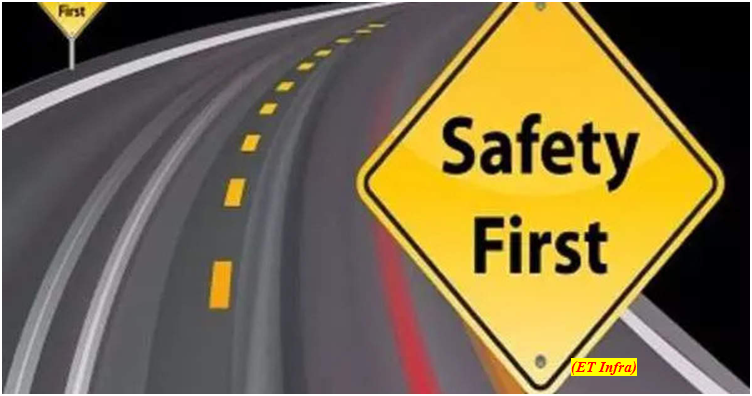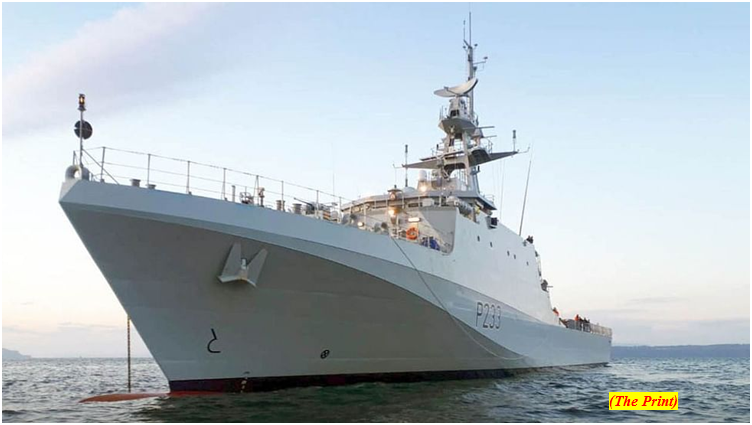SC transfers to itself all pleas related to same-sex marriage (GS Paper 2, Judiciary)

Why in news?
- Recently, the Supreme Court transferred to itself petitions pending in various High Courts seeking legal recognition of same-sex marriage.
Details:
- A three-judge Bench led by Chief Justice of India D.Y. Chandrachud said there was broad consensus among the petitioners to shift the cases to the Supreme Court for an authoritative ruling on the issue, especially on the question whether same-sex marriage should be brought within the ambit of the Special Marriage Act of 1954.
- Batches of petitions were pending before the Delhi, Kerala and Gujarat High Courts.
Petitions:
- One of the petitions said the non-recognition of same-sex marriage amounted to discrimination that struck at the root of dignity and self-fulfilment of LGBTQ+ couples.
- The court issued notice in a separate petition challenging the mandatory requirement to issue public notice and objection to marriage contemplated under the Special Marriage Act and the Foreign Marriage Act. They argued that the provisions expose same-sex couples to the risks of ostracism, persecution, and violence.
- The petitioners had argued that the case was a sequel to the 2018 Constitution Bench judgment in the Navtej Johar case in which homosexuality was de-criminalised. The petitioners said the 1954 Act should be made gender-neutral.
What’s next?
- The SC Bench directed the Centre to file its response to the petitions on or before February 15.
- The court listed the case for directions on March 13.
SC directs committee to build a framework to ensure road safety
(GS Paper 2, Judiciary)
Why in news?
- The Supreme Court directed its committee led by a former apex court judge, Justice A.M. Sapre, to meet with the Road Transport Secretary and work out a framework to mould State-specific guidelines for the electronic monitoring and enforcement of road safety.
- The court acknowledged that speeding was the main cause of fatal accidents on Indian roads.

Provisions for electronic monitoring and enforcement of road safety:
Section 136A:
- A Bench led by Chief Justice D.Y. Chandrachud agreed that urgent steps need to be taken to enforce Section 136A (electronic monitoring and enforcement of road safety) of the Motor Vehicles Act, 1988.
- The provision was introduced into the Act in 2019 to keep an electronic eye on errant drivers.
- Additional Solicitor General said the government has already framed rules under sub-section (2) of Section 136A.
- Section 136 (2) mandated the Centre to “make rules for the electronic monitoring and enforcement of road safety including speed cameras, closed-circuit television cameras, speed guns, body wearable cameras, and such other technology”.
Sections 215A and B:
- Sections 215A and B provided the functions of electronic monitoring to the States and the formation of a National Road Safety Board in an advisory capacity.
- Moreover, road safety councils were to be set up at the national, State, and district levels.
UK vessel HMS Tamar docks at Andaman & Nicobar Islands, crew to conduct exercise with Indian Navy
(GS Paper 3, Defence)
Why in news?
- The United Kingdom’s HMS Tamar, an offshore patrol vessel of the Royal Navy, docked at the strategic Andaman and Nicobar Islands as part of its permanent deployment in the Indo-Pacific region.
- The ship and her crew will undertake capability demonstrations and maritime exercises with the Indian Navy.

Details:
- The ship’s visit to India is an opportunity to further strengthen the shared maritime domain awareness effort, and underlines the UK’s and India’s intent to collaborate in the Indian Ocean Region and wider Indo-Pacific.
- As part of an Integrated Review of the United Kingdom in 2021, the Indo-Pacific region has been given a specific focus.
- This focus has often been described as a ‘Tilt to the Indo-Pacific’ by Great Britain.
HMS Tamar:
- The HMS Tamar is a river-class offshore patrol vessel of the Royal Navy that has been deployed in the Indo-Pacific since September 2021.
- It has been named after the Tamar River in England.
- It is the fourth of five new vessels that have been deployed to replace the existing river class vessels.
- The HMS Tamar has a top speed of 20+ knots, can accommodate a maximum crew of 60, and has a range of 5,500 nautical miles.
What’s next?
- As set out in the Integrated Review, there will now be two Royal Navy vessels permanently deployed in the Indo-Pacific region.
- The HMS Tamar is one of the two vessels that are supposed to be in the region.
- The other is the HMS Spey, which has also been deployed in the Indo-Pacific since September 2021.




